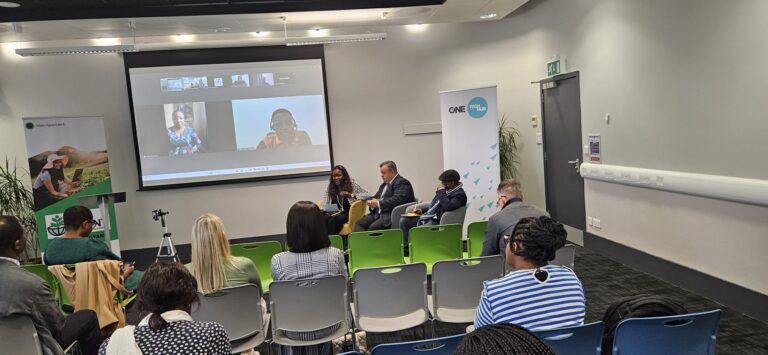THE BIO-INTENSIVE URBAN GARDENING SERIES – EPISODE 12
In our last episode, we explored the fundamentals of compost making, where we discussed the decomposition and recombination of organic materials as it relates to the topic of discussion (composting) among other sacrosanct steps in compost making. If you want to own a healthy farm, making nutrients readily available to the crops should be one of your greatest priorities. A step-by-step guide on how to make compost on your farm that will help to keep your soil always fertile was discussed extensively in episode 11. Click here to access the page.
For this week we are focusing on one of the most important elements in Bio-intensive farming which is learning how best to grow your crops as seeds. To start with, it is good to always try to buy open pollinated seeds meanwhile most of the exotic vegetable seeds available are hybrid seeds. Hybrid seeds are also allowed in organic farming once organic or heirloom seeds are not readily available. However, if you get open pollinated seeds, it takes an average of 3% or more of the growing area to grow the seeds needed for the immediate planting season.
It is important to know that seeds must be planted at a depth equal to their thickness. Seeds can be dropped directly on the bed or in nursery boxes. Seeds spend about 2-8 weeks in the nursery which depend largely on the crop variety and season of the year. It is also very important to use seed trays. This helps to raise seeds above the soil where they will be planted.
The act of removing seedlings from the nursery box into a permanent place is called transplanting. Transplanting seedlings will help to make a better use of bed space. Accordingly, if there is no space to transplant, the seed should be left to continue to develop and remain healthy in the seed tray for transplanting when the space is available. This will help to transplant a healthy plant. When seeds are planted, there is no 100% certainty that it will germinate, even when all conditions are met. This is because there are insects that can eat the seeds. Yes, there are insects that can eat up the seeds when they are planted.
Also, when seeds are raised in the nursery, water is being economized, this is because the quantity of water to be used in an open field is different and higher than what the seed trays will require. In the same vein, seeds in trays enjoy proper monitoring.
The above-mentioned points are a few reasons why it is best to raise seeds in the nursery.
Explanatory Notes onTypes of Seeds
Open pollinated seeds: they have stood the test of time, they are seeds you can save this year, plant next year and they will grow true to type.
Heirloom seeds: These are open pollinated seeds that have been around a long time (50 years).
Hybrid seeds: are seeds from the first generation of a cross between two varieties. They are uniform and predictable, but the next generation will not be predictable because it is not a stabilized variety.
GMO seeds: They are the results of laboratory procedures and not traditional plant breeding. Instead of using pollen from another plant, they insert genes from plant or animals, fish or bacteria. Often time, viruses are used to insert the desired gene. (corn, soy, canola, sugar beets, alfalfa, papaya, cotton, squash.
Cell Fusion CMS technology: CMS stands for cytoplasmic male sterility
Treated seeds: are coated with pesticide or fungicide/chemicals after harvest.
Certified Organic Seeds: Are seeds from certified organic farms.
Open-Source Seeds is a movement from privatizing seeds
Thank you
REFERENCES
1) The Sustainable Vegetable Garden by John Jevons and Carl Cox.
2) How to Grow More Vegetables by John Jevons.


Comments (3)
Binance代码
Your article helped me a lot, is there any more related content? Thanks!
Regístrese para obtener 100 USDT
Thank you for your sharing. I am worried that I lack creative ideas. It is your article that makes me full of hope. Thank you. But, I have a question, can you help me? https://www.binance.info/si-LK/register?ref=W0BCQMF1
бнанс зареструватися
Your article helped me a lot, is there any more related content? Thanks!